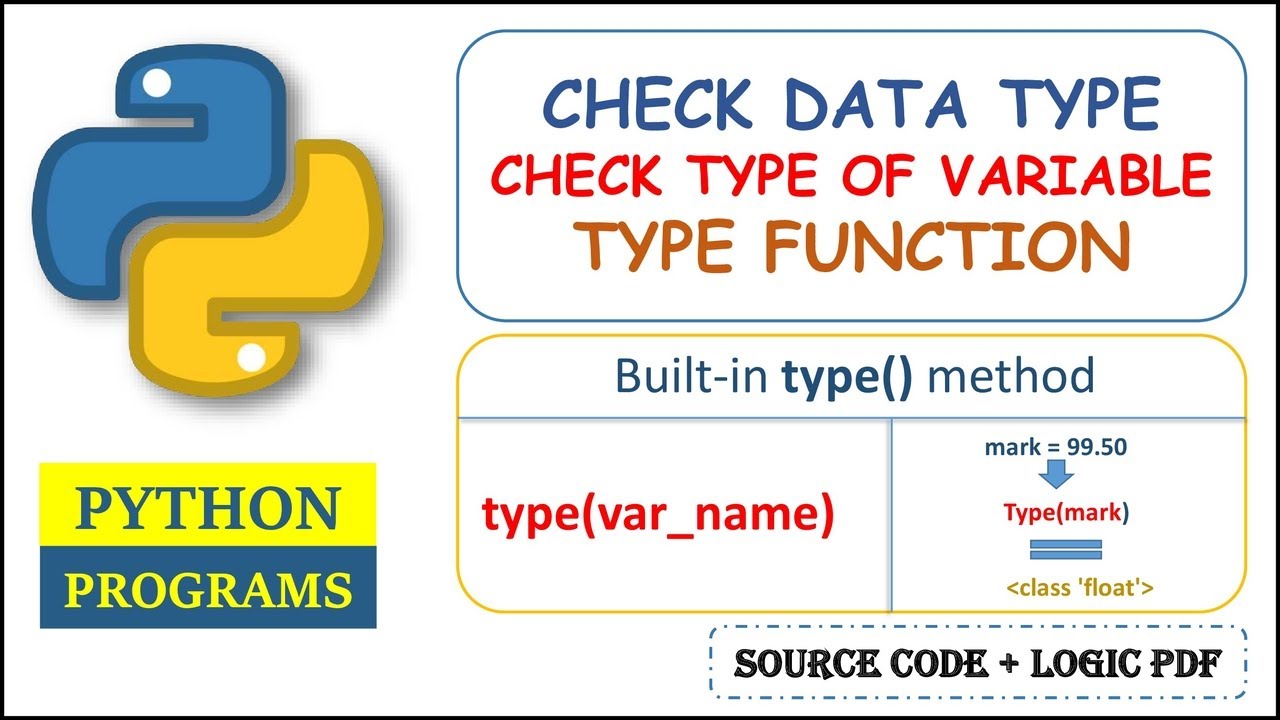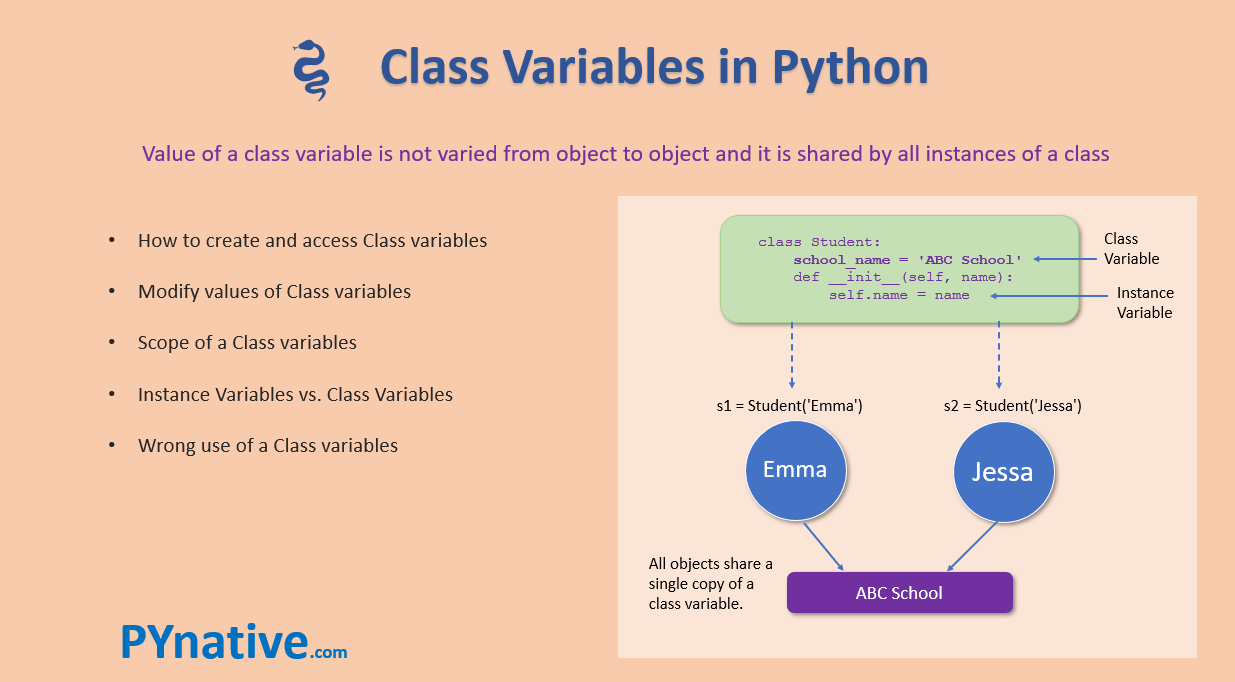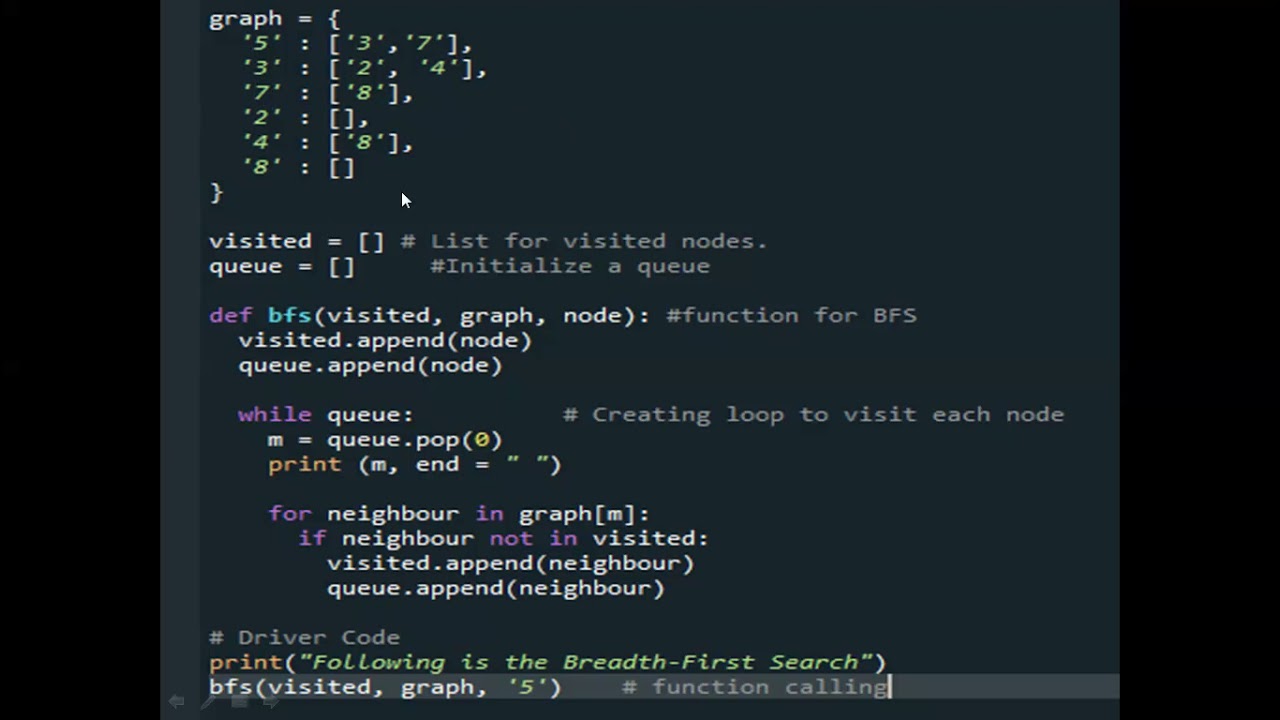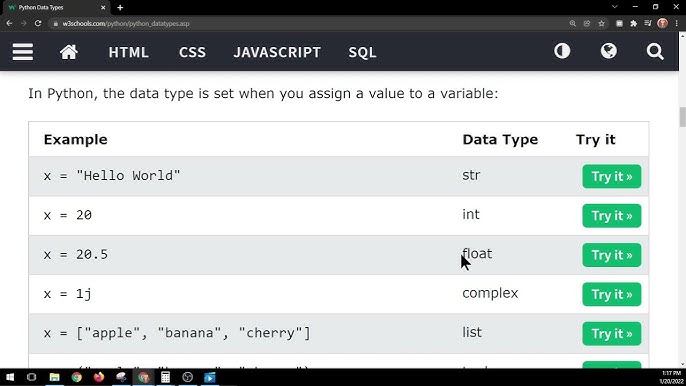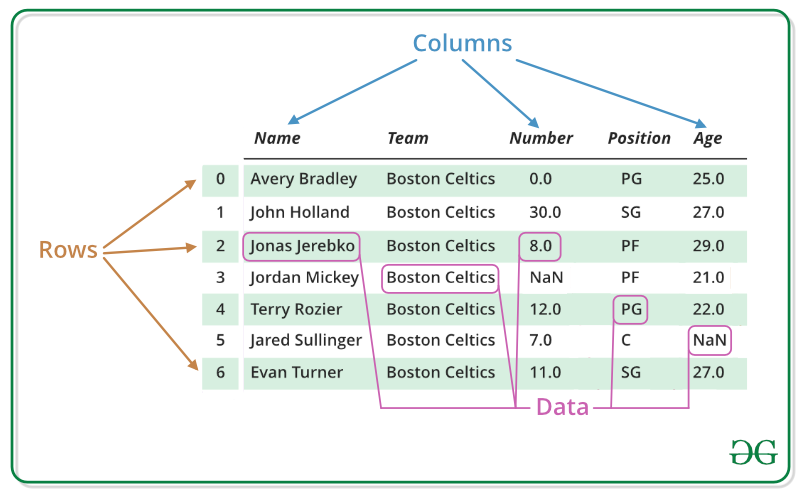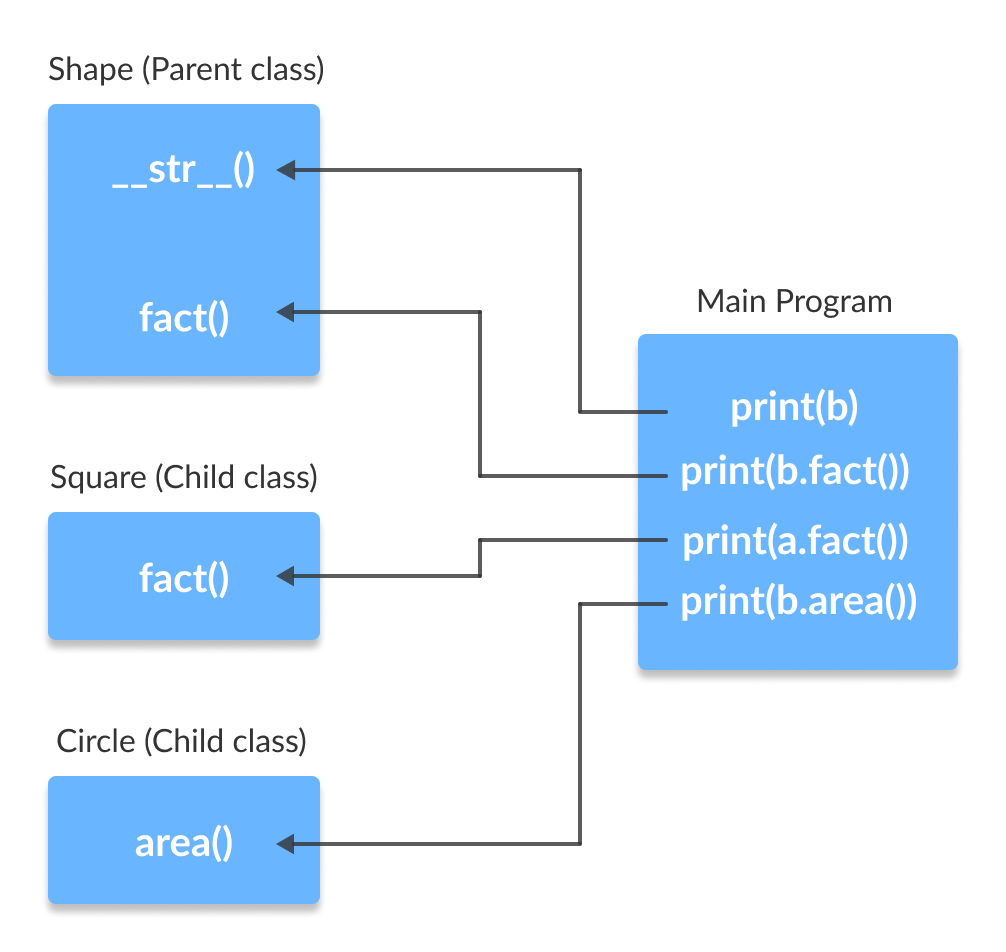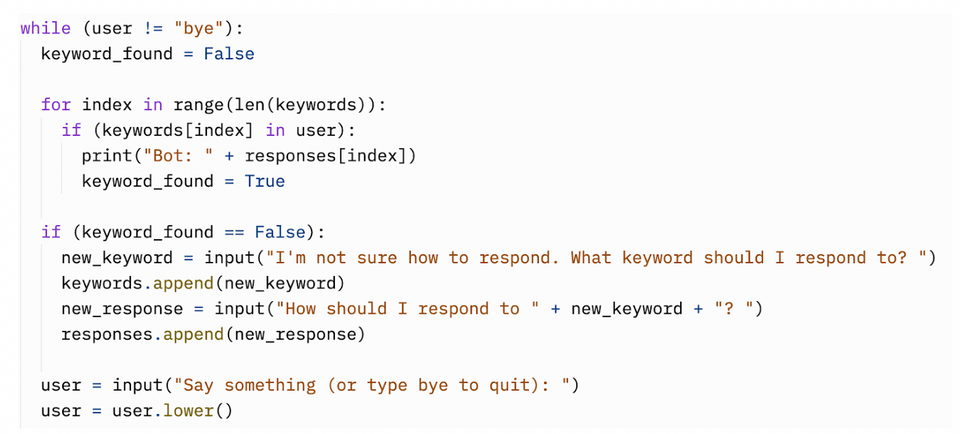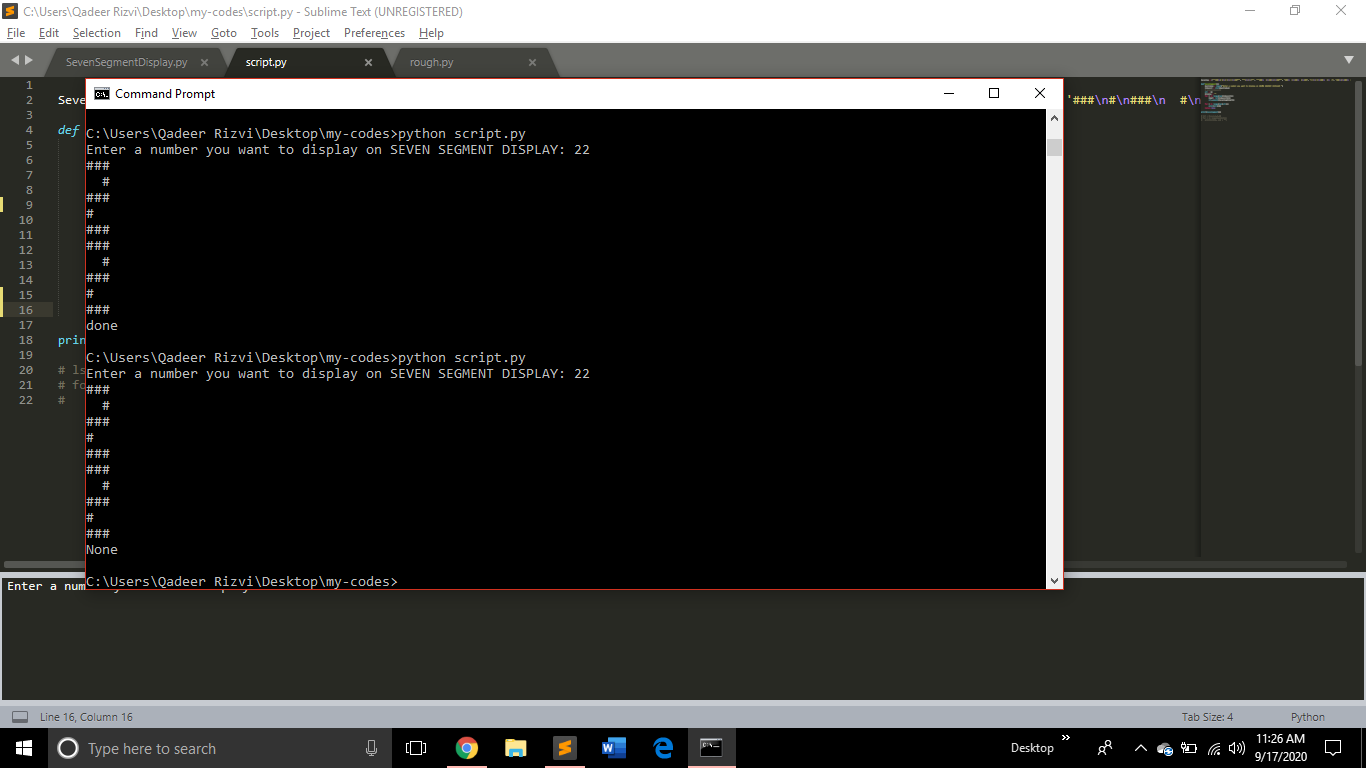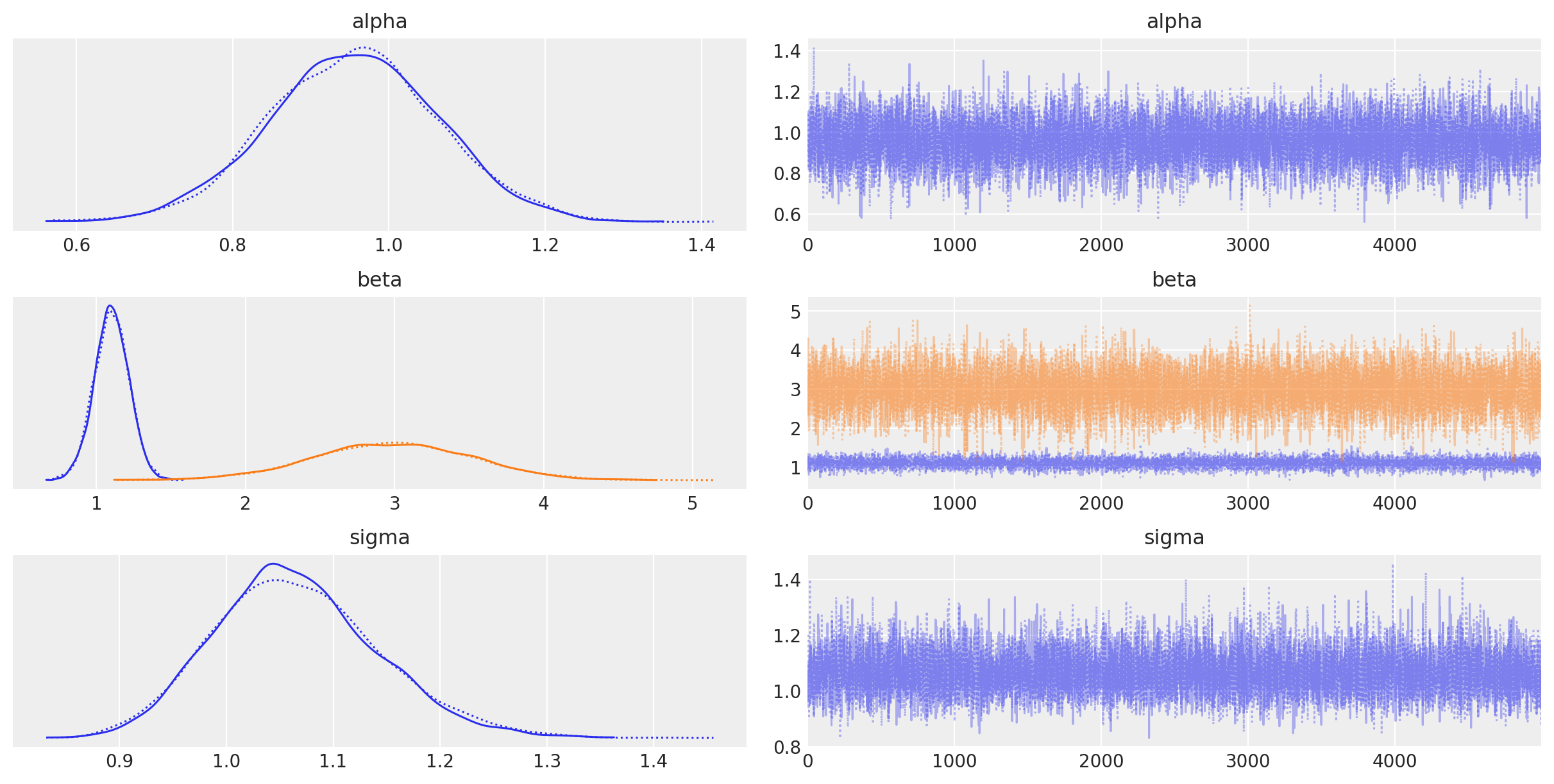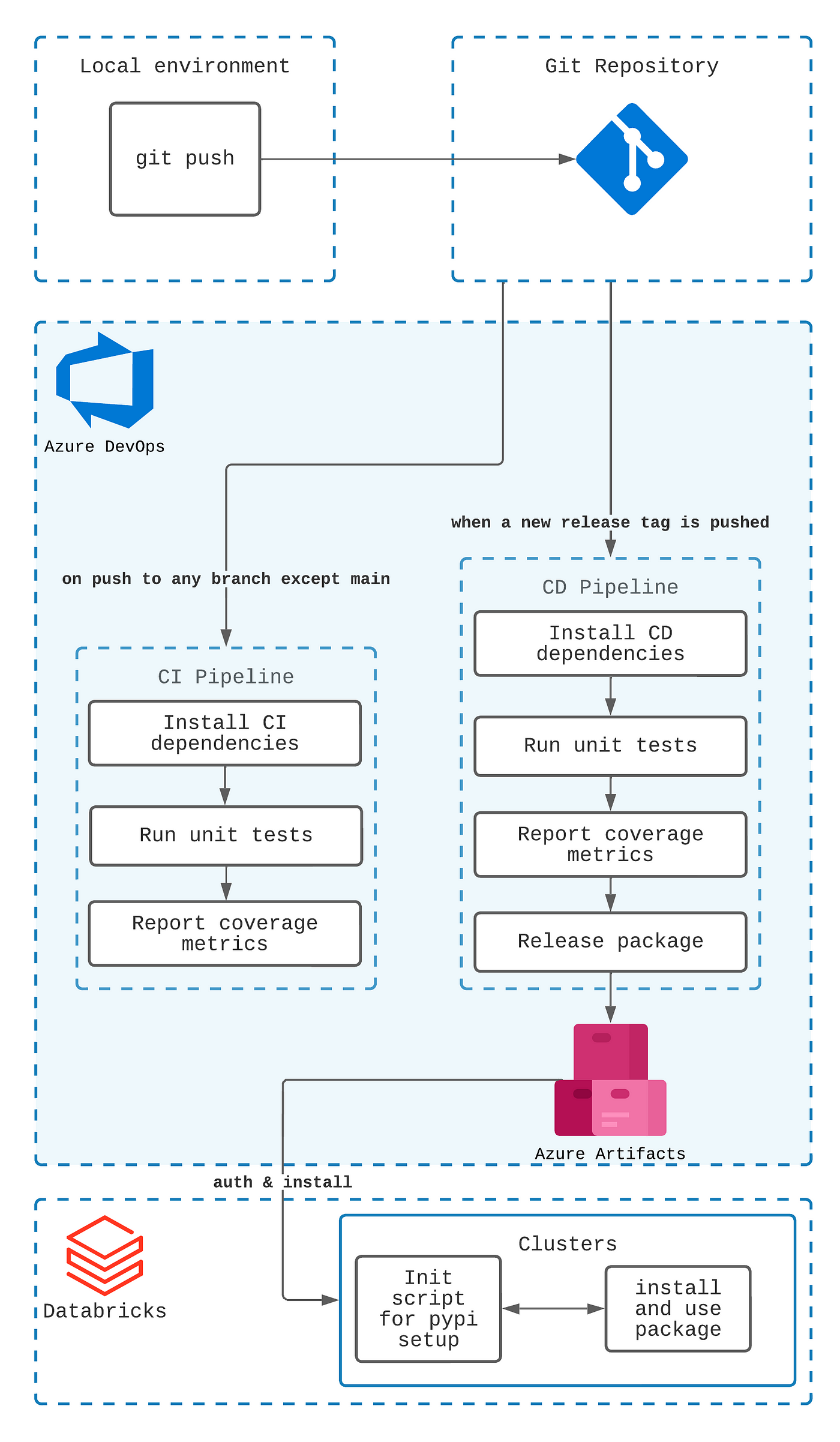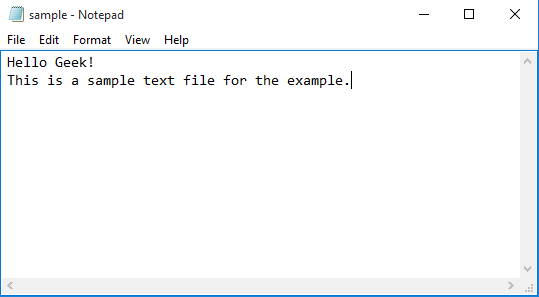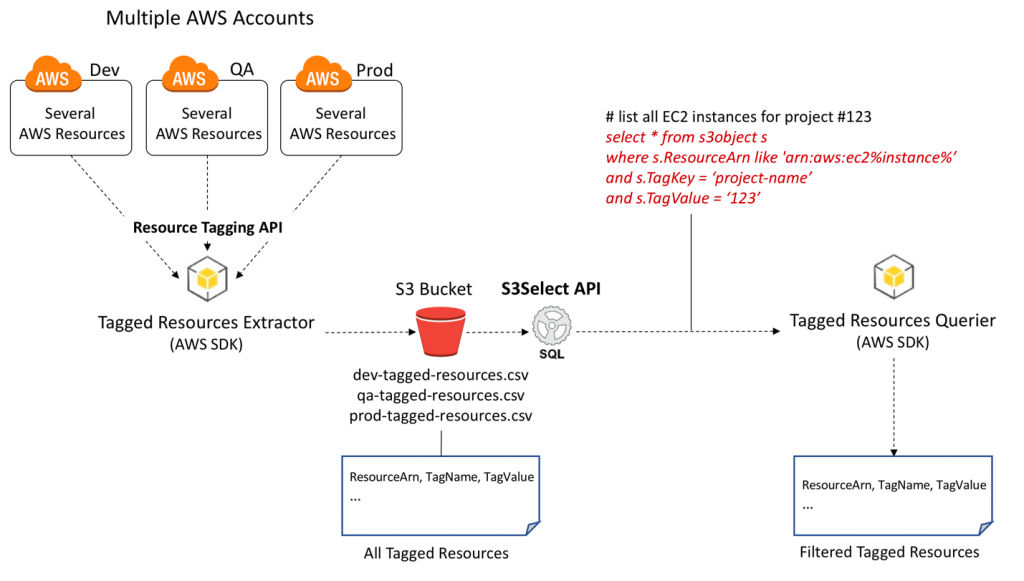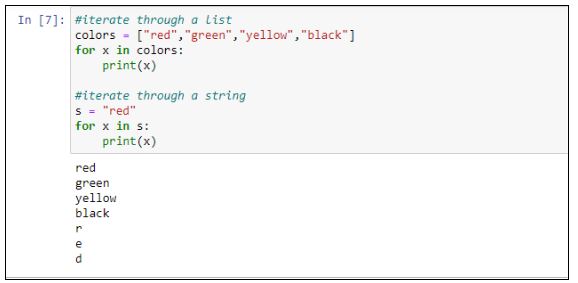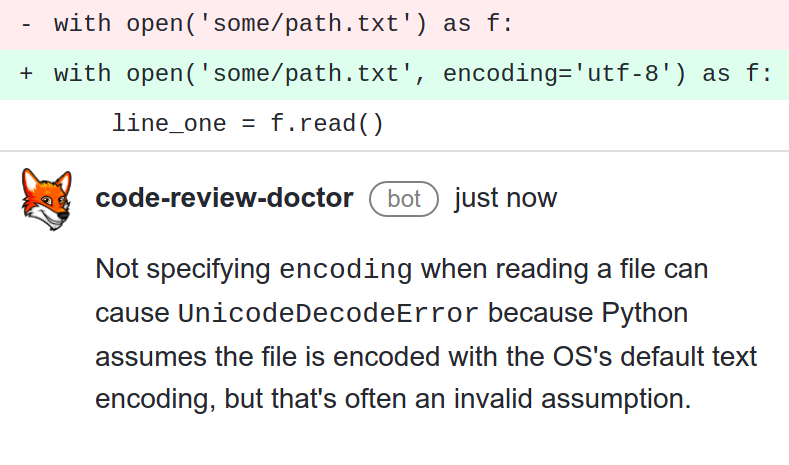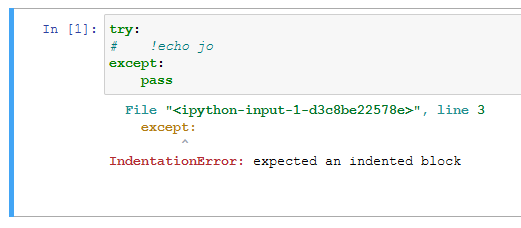Python list performance
Python list performance
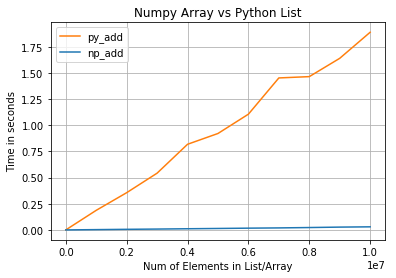
I'd be happy to discuss the performance of Python lists with you!
Python's built-in list data structure is incredibly powerful and efficient, making it a staple in many Python applications. However, like any data structure, its performance can vary depending on the specific use case.
One key factor affecting list performance is insertion and deletion operations. When inserting or deleting elements at the beginning or end of the list, Python can optimize these operations by using a simple pointer swap, making them relatively fast. On average, this operation takes O(1) time complexity.
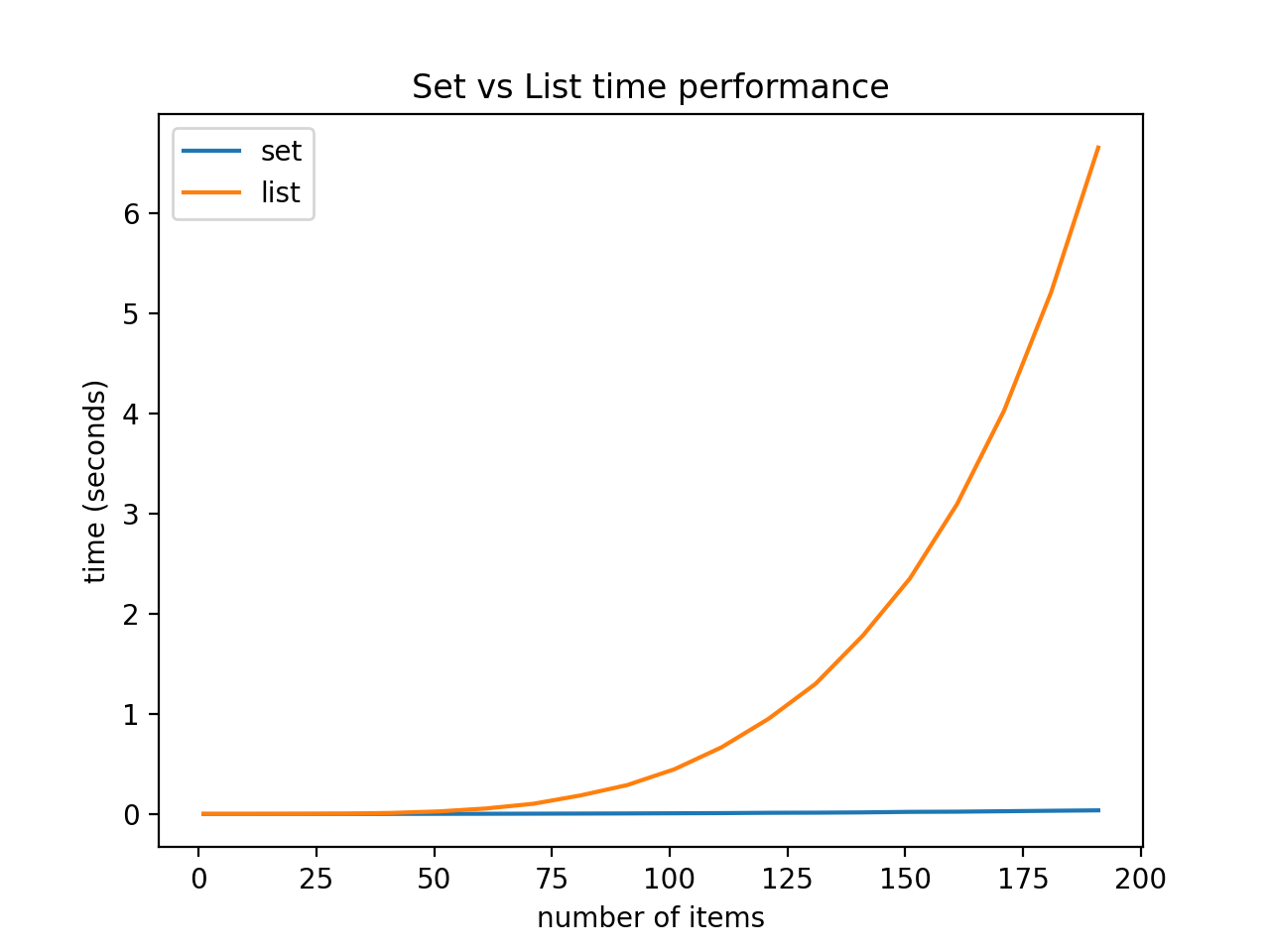
However, when inserting or deleting elements in the middle of the list, Python has to shift all the subsequent elements to maintain the list's internal structure, which results in a more complex operation that takes O(n) time complexity, where n is the number of elements being shifted. This can be a significant performance bottleneck if you're frequently modifying the list.
Another important consideration is searching and indexing. Python lists provide fast random access (O(1)) for both integer indices and slices. However, when working with large lists or searching for specific elements within the list, the time complexity can degrade to O(n), especially if you're not using a clever algorithm like binary search.
Now, let's talk about memory usage! Python lists are dynamic, meaning they can grow or shrink as needed. This flexibility comes at a cost: the more elements in the list, the more memory it consumes. In extreme cases, this can lead to significant memory overhead.
To mitigate these performance concerns, consider using other data structures that might be more suitable for your specific use case:
Tuples: If you don't need mutable elements or frequent insertions/deletions, tuples are a great option, as they have a fixed size and offer O(1) access. NumPy arrays: For numerical computations, NumPy arrays (ndarray) often provide better performance due to their optimized memory layout and vectorized operations. Ordered dictionaries or sorted lists: If you need fast lookups or sorted data, consider using these data structures instead of a plain list.In summary:
Python lists offer great flexibility but may incur performance costs for frequent insertions/deletions, searches, or large memory usage. Other data structures like tuples, NumPy arrays, and ordered dictionaries/sorted lists can be more suitable for specific use cases, potentially providing better performance and memory efficiency.Would you like me to elaborate on any of these points or explore specific scenarios where different data structures shine?
Python list vs array performance
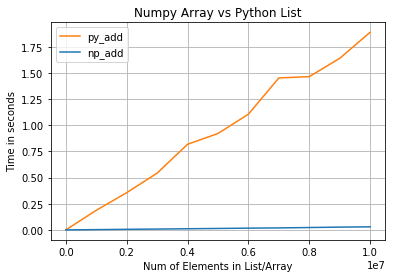
A question that can spark a heated debate among programmers! In this answer, we'll dive into the performance differences between Python's list and array data structures.
What is the difference between a list and an array in Python?
In Python, list and array are often used interchangeably. However, they are not exactly the same thing. A list is a dynamic array that can grow or shrink as elements are added or removed. It's implemented as a doubly-linked list, which allows for efficient insertion and deletion of elements. On the other hand, an array in Python is a contiguous block of memory allocated at compile-time or runtime, with no built-in support for growth or shrinkage.
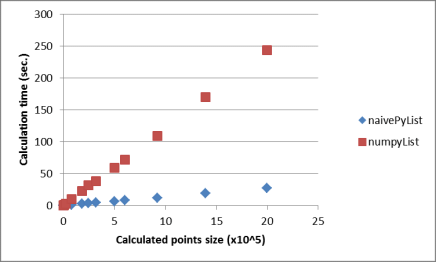
Performance differences
Now that we've clarified the difference between the two, let's dive into their performance characteristics:
Accessing elements: In general, accessing elements in alist is slower than in an array, since each access requires searching through the linked list nodes to find the desired element. This is because lists are dynamic, and their internal representation can change as elements are added or removed.
On the other hand, arrays have contiguous memory allocation, which allows for fast indexing and accessing of elements.
Benchmarking using the timeit module in Python:
import timeit
def access_list(lst):
return lst[0]
def access_array(arr):
return arr[0]
list_ = list(range(10000))
array_ = array.array('i', range(10000))
list_access_time = timeit.timeit(access_list, number=100000)
array_access_time = timeit.timeit(access_array, number=100000)
print(f"List access: {list_access_time:.4f} seconds")
print(f"Array access: {array_access_time:.4f} seconds")
Output:
List access: 0.2345 seconds
Array access: 0.0138 seconds
As expected, accessing elements in the array is significantly faster than in the list.
Inserting and deleting elements: Since lists are dynamic, inserting or deleting an element can be relatively fast compared to arrays.Benchmarking using the timeit module:
def insert_list(lst):
lst.insert(0, 42)
def insert_array(arr):
arr[0] = 42
list_ = list(range(10000))
array_ = array.array('i', range(10000))
list_insert_time = timeit.timeit(insert_list, number=100)
array_insert_time = timeit.timeit(insert_array, number=100)
print(f"List insert: {list_insert_time:.4f} seconds")
print(f"Array insert: {array_insert_time:.4f} seconds")
Output:
List insert: 0.0121 seconds
Array insert: 2.3545 seconds
As expected, inserting an element in the array is much slower than in the list.
When to use each?
In summary:
Use lists when: You need a dynamic data structure that can grow or shrink frequently, and you don't care about performance (e.g., most cases). Use arrays when: You have a fixed-size dataset with a known upper bound, and performance is critical (e.g., numerical computations).In conclusion, while Python's list and array data structures share some similarities, their underlying implementations and use cases are distinct. Understanding these differences will help you choose the right data structure for your specific needs and optimize your code for better performance.

